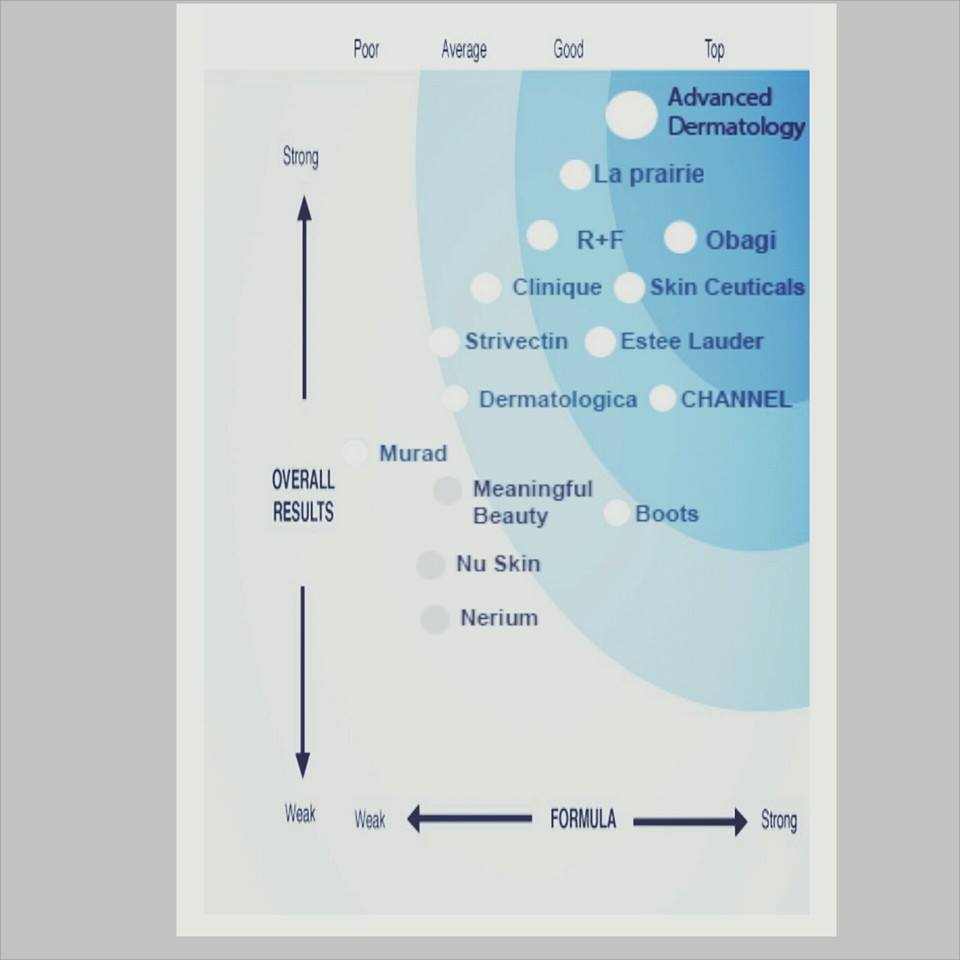
What’s in your Bottle?
As fast as we hustle through our days, we expect the same results in our skin care. Sure we want fast results, however, a progression is more effective than instant gratification. Knowing the best ingredients in your skin care for will help achieve lasting results
No two skin care needs are similar because everyone’s skin is different. Identifying your skin type (oily, dry, combination and skin condition (acne, sensitive, rosacea, eczema, etc.) can aid in an informed approach when picking the best skin care.
With all the available skin care choices, how do I choose?
If you notice, there’s a difference on how ingredients are listed.
Drugs diagnose, treat, prevent and cure the body, whereas cosmetics cleanse, beautify and alter appearances. Products that’s both a drug and cosmetic are listed accordingly: “Active or Key Ingredients”(drug) are listed first, followed by “inactive or other ingredients”(cosmetic) in descending order by prevalence.
- Active ingredients address the chief concern of the skin. A medicated lotion for acne may have an active ingredient of benzoyl peroxide, that helps reduce acne causing bacteria and salicylic acid to reduce inflammation. Active ingredients containing alcohol is also classified as a drug
- Cosmetic Ingredients or Inactive ingredients are emollients and humectants to keep the skin moisturized and hydrated such as evening primrose
What are examples of active ingredients?
- AHA (alpha-hydroxy acid): Water loving acid. Glycolic and lactic acids gentle exfoliates the skin. Water loving meaning it targets the skin lipids. Think of lipids as the “cement” that fills the space between the cell walls and covers the surface of the skin. Â Results in minimized age spots, hyperpigmentation, and fine lines/wrinkles
- BHA (beta-hydroxy acids) Salicylic Acid: Oil loving acid that reduces irritation and smooth skin texture. Oil loving meaning it targets the oil glands in hair follicles (where acne is formed) to treat the problem. More suitable for acne-prone skin
- Retinol-A: Not to be confused with Total Retin-A
- Retinol-A is composed of natural peptides, lactic acid to reduce fine lines and wrinkles.
- Tightens skin
- Retin-A is synthetic, causes irritation and contains PARABENS. No thanks.
- DMAE (dimethylaminoethanol): Naturally produced in the brain to optimize memory, DMAE in skin care products promotes skin tightening, minimizing sagging skin. High levels of DMAE can be found in sardines and anchovies as well
- Hyaluronic Acid: Restores hydration and holds 1000X its weight in water. It hydrates ALL layers of the skin, increasing elasticity and resilience (bounciness)
- Kojic Acid: Natural lightening agent used to slow down melanin production, reducing hyperpigmentation. Commonly used for melasma, sun and age spots. Great substitute to hydroquinone, which contains synthetic agents
Cosmetic ingredients?
- Peptides: The building block of amino acid that becomes protein; Protein makes elastin. Elastin benefits collagen production. Collagen replace dead skin cells, which reduce wrinkles. Getting the picture. Collagen significantly decreases by the age of 60 due to menopause. Popular peptides include copper, palmitoyl, and Tetrapeptide
- Vitamins A, C & E: I can’t stress this enough. These antioxidants help protects the body from free radicals that damage skin cells. The vitamins improve cell functions and increase collagen activity
- Non-Shark SqualAne: Follow me now…
- Originally, SqualEne was found in sharks; assisting in efficient oxygen utilization. To preserve the extinction of sharks, SqualAne was extracted from SqualEne. I suggest this non-shark SqualAne that’s plant derived and vegetable based. Olive, sugarcane and rice bran are some examples that mimics the benefits of SqualAne.
- Naturally produced in OUR skin to minimize moisture loss and protect skin from environmental factors.
- Mimics body’s natural moisturizer
- Fat-soluble, anti-oxidant that blocks environmental stressors.
- Organic Stem Cells: Preserves lipids by repairing skin’s elasticity and increases antioxidant activity. Apple and plant stem cells are popular
- Shea Butter: Non-greasy, highly moisturizing. Non-comedogenic (won’t clog pores)
- Evening Primrose: Contains Omega-6 fatty acid. Balance skin tone. Great emollient (skin softener) for maturing and sensitive skin.
What chemicals should I avoid?
As mentioned, products containing synthetic ingredients such as Retin-A may irritate the skin. You may see it advertised for its buzz words to correct or treat certain skin conditions, but don’t be fooled. Think about products that says “Sugar Free.” It replaces sugar with ASPARTAME. If you don’t already know, aspartame is known to have numerous side effects that not appealing heath wise. Â Same goes for beauty products. Be wary of preservatives such as parabens. Â Some products won’t simply state the word. Germaben, Germaben II, Phenonip, Methyparaben, Germall and LiquaPar Oil are examples of preservatives containing parabens.
Product Comparison Listed is a case study showing results of popular skin care products. Notice the products over the counter such as Clinque, Dermalogica and Murad has poor/average results in formulation and results compared to Obagi, Skin Ceuticals, and Advanced Dermatology. This is determined by the effectiveness, pH, and quality of the ingredients. It’s all about products that’s beneficial for LONG TERM affects instead quick fixes. Save time and MONEY and ask your skin care specialist to assist you in choosing products, eliminating the guessing game.
How can I optimize my skin care?
Research. Exfoliate. Invest.
Reminder: Skin is the largest organ so it’s imperative to our health and wellness. Skin care requires occasional tweaking in our lifetime to accommodate skin changes. Knowing what’s in your bottle will give you a better understanding of which ingredients are best for YOUR skin.
-Judi













Leave a Reply
Be the First to Comment!